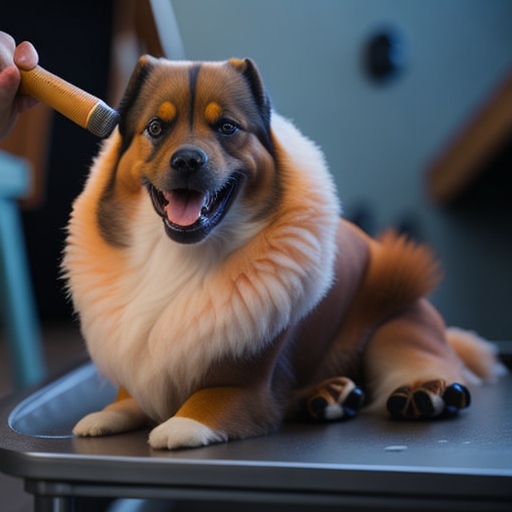Training your dog to use a designated potty area
Training your dog to use a designated potty area is a beneficial endeavor for both you and your furry friend. Having a designated spot for your dog to relieve themselves can save your floors from accidents and make the cleaning process easier. Moreover, it promotes good hygiene and helps your dog understand where it’s appropriate to go potty. Here are some simple steps to help you achieve this goal.
-
Choose a suitable potty area: Select an outdoor spot in your yard or an indoor area that is easily accessible for your dog. Ensure it’s away from high-traffic areas and well-drained to prevent puddles.
-
Establish a routine: Dogs thrive on consistency, so establish a regular potty schedule. Take your dog to the designated area at specific times throughout the day, such as after meals, waking up, and before bedtime.
-
Use verbal cues: Assign a specific command, such as “Go potty” or “Do your business,” and use it consistently when you want your dog to eliminate. This helps them associate the command with the action.
-
Observe your dog’s behavior: Pay attention to your dog’s body language, as it often signals the need to go potty. Signs like circling, sniffing, or pacing can indicate they need to relieve themselves. When you notice these behaviors, promptly bring them to the designated area.
-
Reward successful elimination: When your dog uses the designated potty area, praise and reward them immediately. Positive reinforcement, such as treats or verbal affirmations, reinforces the desired behavior and encourages them to repeat it.
-
Clean up accidents properly: Accidents happen during the training process. It’s crucial to clean up accidents promptly using an enzymatic cleaner to eliminate odors. Avoid using ammonia-based products, as they can attract your dog back to the same spot.
-
Supervise and confine when necessary: Until your dog is consistently using the designated potty area, supervise them closely and limit their access to other parts of the house. Use baby gates or crates when you cannot directly supervise them to prevent accidents.
-
Be patient and consistent: Remember that training takes time and patience. Dogs learn at their own pace, so it’s essential to remain consistent with the training routine and not get discouraged by setbacks.
-
Adjust the training as needed: If you notice your dog is consistently having accidents, consider adjusting the schedule or seeking guidance from a professional dog trainer. They can provide personalized advice based on your dog’s specific needs.
-
Maintain the routine: Even after your dog is reliably using the designated potty area, it’s essential to maintain the routine. Continue to take them to the area at regular intervals to reinforce the habit.
By following these steps and being consistent in your efforts, you can successfully train your dog to use a designated potty area. Remember, patience, positive reinforcement, and understanding your dog’s needs are key to achieving this goal.


